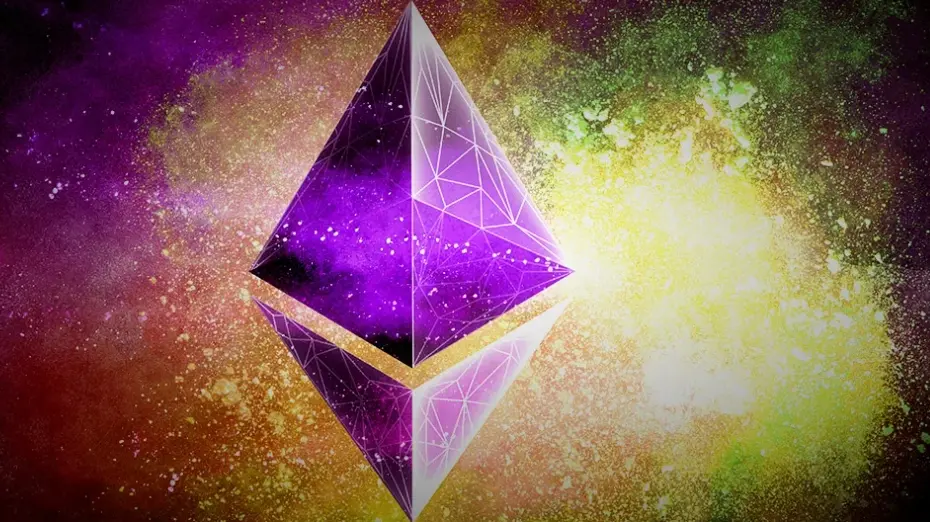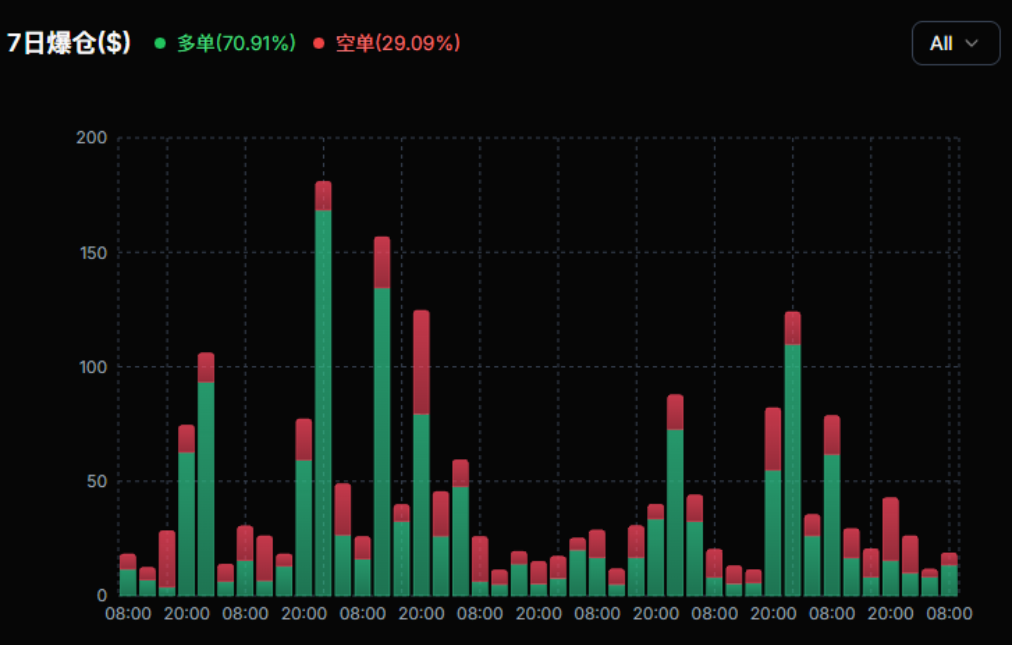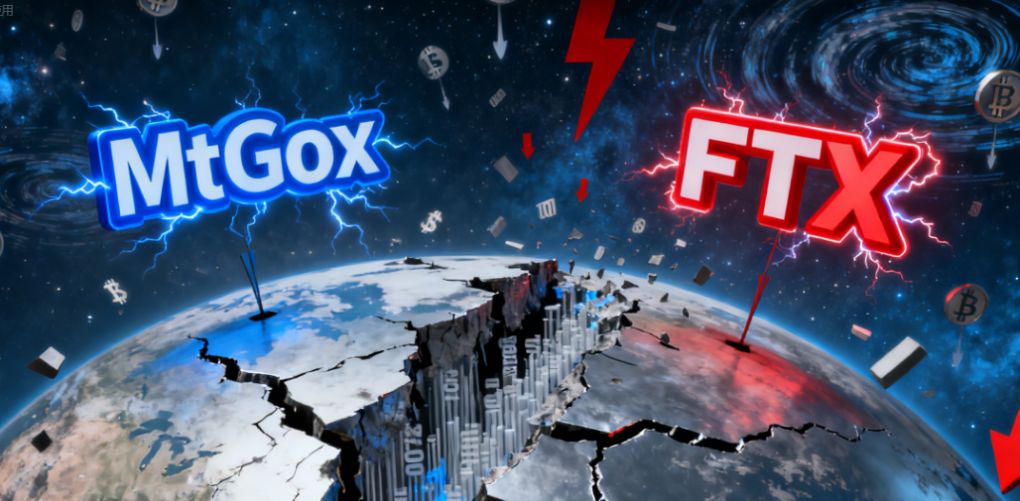[Long English Thread] "Stablecoins" Are Not Stable at All: Why Do Stablecoins Always Die in the Same Way?
Chainfeeds Guide:
Stablecoins are not stable. Decentralized finance is neither decentralized nor secure. Yields with unclear sources are not profits, but predatory gains with a ticking clock. These are not opinions, but facts repeatedly proven at great cost.
Source:
Author:
YQ
Opinion:
YQ: The first half of November 2025 exposed the systemic flaws in decentralized finance that academics have repeatedly warned about for years. The collapse of xUSD by Stream Finance, the failure of deUSD by Elixir and other synthetic stablecoins were not isolated incidents of poor management, but a concentrated manifestation of DeFi’s structural issues in risk, transparency, and trust mechanisms. The collapse of Stream Finance was not a classic smart contract bug or oracle manipulation, but a fundamental loss of financial transparency disguised as decentralization. When an external fund manager loses $93 million with almost no audit, and when a stablecoin system sees its TVL evaporate by 40%-50% in a week while maintaining its peg, we must admit a fact: the industry has learned nothing. More precisely, the current incentive structure rewards those who ignore risks, punishes the cautious, and socializes losses during crashes. There is an old saying in finance: if you don’t know where the yield comes from, you are the yield. When Aave offers 4.8% APY and Compound just over 3%, yet Stream promises 18% high yield with no clear source, it means the real source of these returns is depositors’ principal. Even more shocking, the supply of xUSD was not backed by real assets, but massively minted by Stream through the StreamVault contract in a complex loop and cross-chain dependency. In the end, only $1.9 million in verifiable USDC was used as collateral to mint $14.5 million xUSD, making it an unbacked shadow bank. The mutual dependency between Elixir and Stream further amplified the risk, with both protocols using each other as collateral and expanding together, forming an extremely fragile circular system. Despite repeated public warnings from researchers like Schlagonia and CBB months before the collapse, users were still attracted by high yields, major curators pursued fee income, and related protocols tacitly allowed operations to continue. When Stream announced that the external fund manager had lost a huge amount of assets and suspended withdrawals, panic spread rapidly, and xUSD plummeted 77% on the secondary market in a single day, almost instantly evaporating. According to on-chain research by Yields and More (YAM), the Stream incident caused at least $285 million in direct debt exposure in the ecosystem, including $123.64 million in loan positions from TelosC, $68 million from Elixir’s private Morpho vault, $25.42 million from MEV Capital (with an additional $650,000 in bad debt due to oracle freeze), $19.17 million from Varlamore, $27.3 million from two Re7 Labs vaults, and several smaller exposures. Euler’s bad debt was about $137 million, and cross-protocol frozen assets exceeded $160 million. Since 65% of Elixir’s collateral was exposed to Stream, its stablecoin deUSD crashed from $1 to $0.015 within 48 hours, making it the fastest-collapsing stablecoin since UST in 2022. Although Elixir processed about 80% of non-Stream holders’ redemptions at a 1:1 USDC ratio, the remaining losses were socialized and spread to protocols like Euler, Morpho, and Compound. Facing a collapse of trust, Elixir announced a complete shutdown of its stablecoin business. Broader market reactions showed a systemic confidence crisis: according to Stablewatch data, although most yield stablecoins remained pegged, the entire sector’s TVL shrank by 40%-50% in a week, with about $1 billion withdrawn from otherwise healthy protocols. Users could not distinguish which stablecoins were safe and which were structurally weak, so they chose to exit collectively. The entire DeFi TVL decreased by about $2 billion in early November, with the market pricing in systemic risk rather than individual protocol issues. Less than a month before this, on October 10-11, 2025, a precise market attack using only $60 million triggered a cascade of oracle failures and massive liquidations. This was not real market panic, but an institutional-level attack exploiting known vulnerabilities. The attacker dumped a huge amount of USDe on a single exchange, causing the price to plummet instantly, while many protocols’ oracles relied on that exchange’s spot price, leading to instant marking down of collateral value and triggering liquidations. Even though prices on other markets barely changed, the oracles still reported manipulated prices, following the same logic as over 40 oracle attacks since 2020. From 2020 to 2025, structural failures of stablecoins and DeFi have repeatedly occurred, from UST, IRON, USDC, to xUSD, with highly similar patterns: attracting capital with high yields, using opaque or self-issued assets as collateral, engaging in circular dependencies, disguising complexity, and over-leveraging. When any external shock exposes insufficient underlying assets or mechanism failure, the system immediately enters a death spiral. Terra’s 19.5% annualized subsidy, Iron Finance’s 1700% APR, Stream’s 18% yield—all are essentially unsustainable subsidies unrelated to real income. Partially collateralized or self-issued collateral (such as LUNA, TITAN, deUSD) inevitably go to zero under stress, thereby breaking the structure of the stablecoin. Oracles are another key point of failure: real-time prices lead to manipulation risks, TWAP cannot reflect real insolvency, and manual updates hide risks—each mode has caused hundreds of millions in losses. When Stream collapsed, xUSD’s market price had already dropped to 0
SourceDisclaimer: The content of this article solely reflects the author's opinion and does not represent the platform in any capacity. This article is not intended to serve as a reference for making investment decisions.
You may also like
After an 80% drop in stock price, is there a value mismatch in BitMine?
With the three main buying channels simultaneously under pressure and the staking ecosystem losing momentum, Ethereum's next stage of price support faces a structural test. Although BitMine is still buying, it is almost fighting alone. If even BitMine, the last pillar, can no longer buy, what the market stands to lose will not just be a single stock or a wave of capital, but potentially the very foundation of belief in the entire Ethereum narrative.

Bitcoin falls below the 90,000 mark, hidden opportunities emerge amid spreading panic

Major Earthquake in Digital Assets: Billion-Dollar Compensation Storm from Mt.Gox and FTX

U.S. state governments are betting on Bitcoin ahead of regulatory storms

